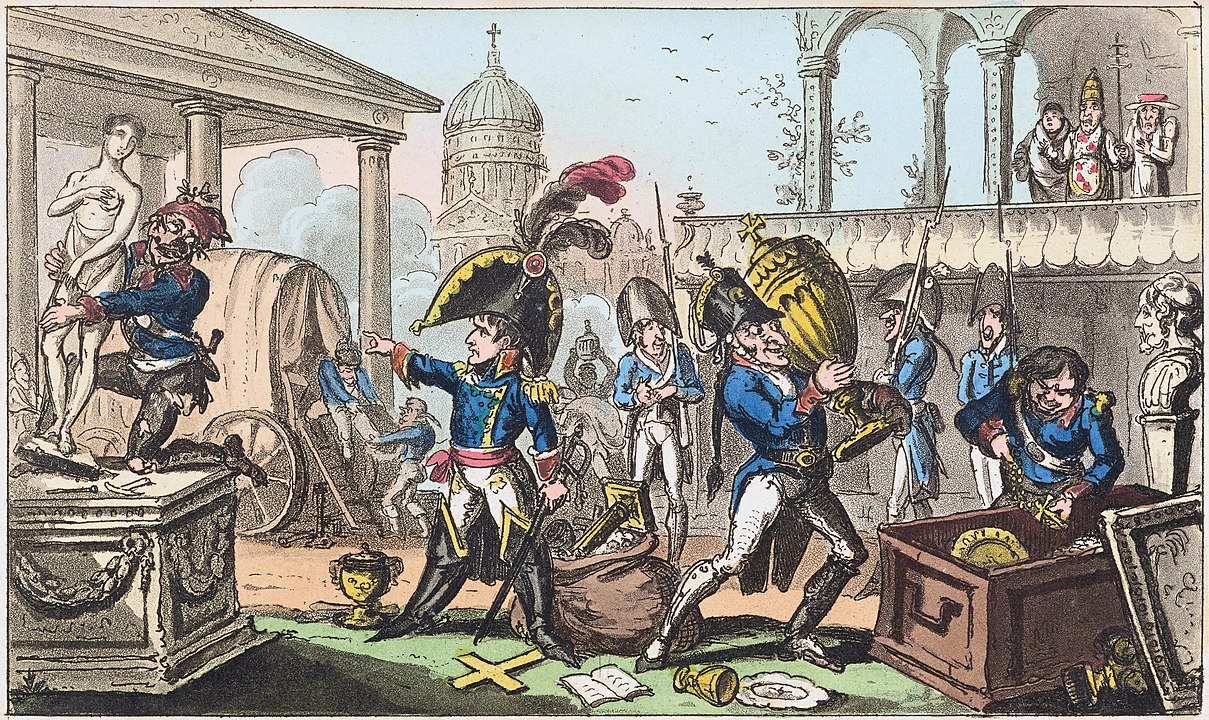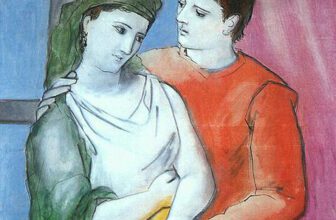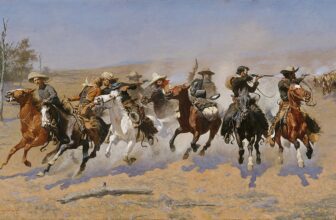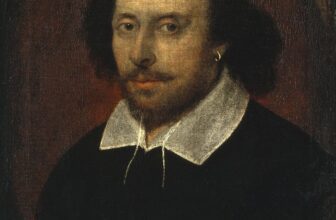
What did Napoleon loot from the Vatican
Napoleon Bonaparte, the towering figure of early 19th-century European history, left a profound mark on politics, culture, and warfare. Among his many exploits, his interactions with the Vatican during his campaigns were particularly consequential, highlighting the intersection of military ambition, political maneuvering, and cultural conquest. One of the most significant episodes in this fraught relationship occurred during the French Revolutionary Wars and the subsequent rise of Napoleonic France, when Napoleon systematically looted treasures from the Vatican. This act of plunder raises questions about the motives behind Napoleon’s actions, the impact on the Catholic Church, and the broader implications for art, culture, and politics.
The French Revolutionary Wars (1792–1802) emerged in the wake of the French Revolution, a period marked by intense ideological upheaval. The revolutionaries sought to dismantle the old order, including the monarchy, the aristocracy, and the Catholic Church, which was deeply intertwined with both. The Church’s wealth and influence made it a prime target for revolutionary fervor, and its lands and treasures were confiscated within France. As the revolutionary armies expanded their campaigns across Europe, these practices were exported, often justified as part of the broader effort to “liberate” oppressed peoples and spread revolutionary ideals.
Napoleon, who rose to prominence as a military leader during this period, shared the revolutionary zeal for weakening the Church’s power. When he led the French army into Italy in 1796, he encountered the Papal States, a territory governed directly by the Pope. The Vatican, as the center of Catholicism, held immense symbolic and material wealth, including priceless works of art, ancient manuscripts, and religious artifacts. Napoleon’s dealings with the Vatican during his Italian campaigns were shaped by his dual objectives of military triumph and cultural appropriation.
The Treaty of Tolentino (1797)
One of the most significant moments in Napoleon’s interactions with the Vatican was the signing of the Treaty of Tolentino in February 1797. After defeating the Papal forces, Napoleon imposed harsh terms on Pope Pius VI. The treaty required the Papal States to cede territory, pay a substantial indemnity, and surrender an extensive collection of art and treasures.
The loot included masterpieces by artists such as Raphael, Michelangelo, and Caravaggio, as well as ancient Roman statues, manuscripts, and jewels. Among the most notable items taken were the Laocoön and His Sons, a renowned Hellenistic sculpture, and the Apollo Belvedere, an iconic representation of classical beauty. These works were transported to France and became central exhibits in the Louvre Museum, which Napoleon envisioned as a repository of the world’s greatest art.
Motives Behind the Looting
Napoleon’s looting of the Vatican was motivated by a combination of ideological, practical, and personal factors:
- Revolutionary Ideals: Napoleon’s actions were partly rooted in the revolutionary mission to weaken the Catholic Church’s power and redistribute its wealth. By seizing treasures from the Vatican, he symbolically undermined the authority of the Pope and the Church as an institution.
- Financial Necessity: The French Revolutionary Wars were costly, and the French state was perpetually short of funds. The treasures taken from the Vatican helped finance the war effort and bolster France’s economy.
- Cultural Prestige: Napoleon was deeply influenced by the Enlightenment and believed in the importance of art and knowledge as tools of civilization. By bringing the Vatican’s treasures to France, he sought to position Paris as the new cultural capital of Europe, surpassing Rome.
- Personal Ambition: Napoleon’s looting also reflected his personal ambition to shape history and leave a legacy. The treasures he amassed symbolized his power and served as a testament to his achievements.
The Impact on the Vatican
The looting of the Vatican had profound consequences for the Catholic Church. The loss of its treasures was not merely a financial blow but a deeply symbolic act that challenged its spiritual and cultural authority. Pope Pius VI, already weakened by the political turmoil of the era, was humiliated by the treaty and the subsequent pillaging of the Vatican. His forced exile to France in 1798, where he died in captivity, underscored the extent of the Church’s subjugation during this period.
The removal of art and artifacts from the Vatican also disrupted centuries of tradition and patronage. Many of these works had been commissioned by the Church or donated by devout patrons, reflecting the central role of Catholicism in European art and culture. Their absence left a void that was acutely felt in Rome and the broader Catholic world.
The Broader Implications
Napoleon’s looting of the Vatican was part of a larger pattern of cultural appropriation during his campaigns. Similar acts of plunder occurred throughout Italy, Egypt, and other territories he conquered. This practice sparked a contentious debate about the ethics of cultural heritage and the responsibilities of conquerors.
On one hand, Napoleon’s actions can be seen as a continuation of a longstanding tradition of looting in warfare. Throughout history, victorious armies have seized the treasures of their enemies as spoils of war. However, Napoleon’s approach was distinctive in its emphasis on the systematic collection and cataloging of art and artifacts. He viewed these treasures not merely as booty but as symbols of cultural and intellectual achievement that could enhance France’s prestige.
On the other hand, the looting of the Vatican and other sites raised questions about the displacement of cultural heritage. Many of the treasures taken by Napoleon were deeply rooted in their original contexts, both geographically and spiritually. Their removal to France disrupted these connections and sparked calls for restitution, a debate that continues to resonate in the modern era.
The Legacy of Napoleon’s Looting
After Napoleon’s defeat in 1815, the Congress of Vienna sought to restore stability to Europe and address the consequences of his conquests. As part of this effort, many of the treasures taken by Napoleon were returned to their countries of origin. The Vatican recovered some of its looted artifacts, although others remained in France or were lost.
The legacy of Napoleon’s looting endures as a complex and multifaceted issue. On one level, it reflects the ambition and audacity of a leader who sought to reshape the cultural landscape of Europe. On another, it serves as a cautionary tale about the consequences of cultural appropriation and the enduring impact of colonial and imperialist practices.
Napoleon’s looting of the Vatican was a dramatic episode that encapsulated the tensions of his era. It was an act of both political domination and cultural transformation, driven by revolutionary ideals, practical considerations, and personal ambition. The treasures he took symbolized the shifting balance of power in Europe and the contested nature of cultural heritage.
While the Vatican eventually recovered some of its losses, the episode left an indelible mark on the relationship between the Catholic Church and the modern state. It also sparked enduring debates about the ethics of cultural appropriation and the responsibilities of nations and institutions in preserving and returning displaced heritage. In this sense, Napoleon’s actions continue to resonate, reminding us of the complex interplay between power, culture, and history.




